Greek Orthodox Calendar 2025
The Greek Orthodox Calendar 2025 is a religious calendar used by the Eastern Orthodox Church. It is based on the Julian calendar, which is 13 days behind the Gregorian calendar used in most of the world.
The Greek Orthodox Calendar 2025 begins on September 1, 2025, and ends on August 31, 2025. It includes all of the major Christian holidays, such as Christmas, Easter, and Pentecost. The calendar also includes the names of saints and other important religious figures.
The Greek Orthodox Calendar 2025 is a religious calendar used by the Eastern Orthodox Church. It is based on the Julian calendar, which is 13 days behind the Gregorian calendar used in most of the world.
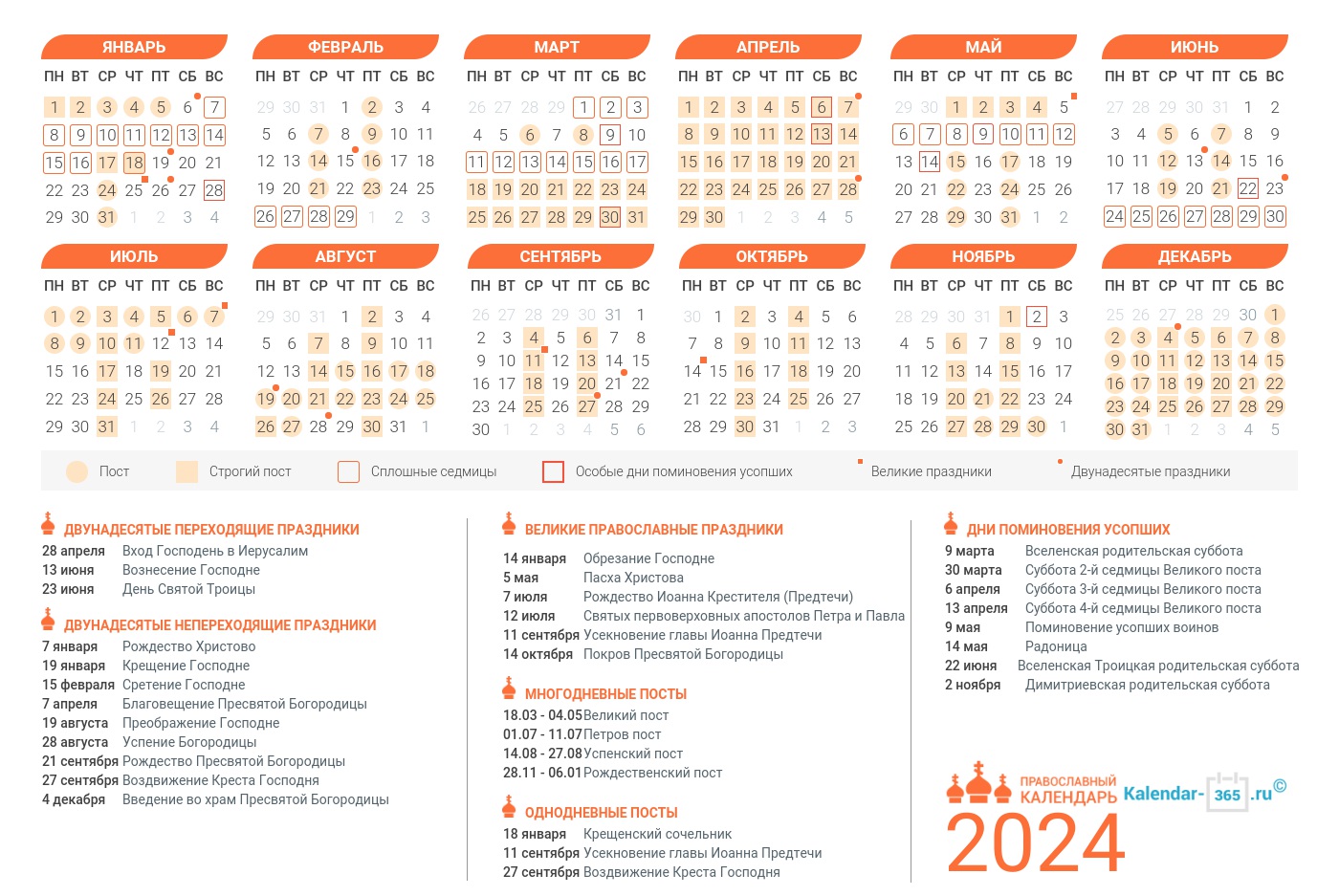
The Greek Orthodox Calendar 2025 is an important resource for Orthodox Christians. It provides guidance for religious observances and helps the faithful to stay connected to their faith throughout the year.

The Greek Orthodox Calendar 2025 begins on September 1, 2025, according to the Julian calendar. This is 13 days behind the Gregorian calendar, which is used in most of the world. The Julian calendar is an older calendar that was introduced by Julius Caesar in 46 BC. It is based on a solar year of 365.25 days, which is slightly longer than the actual solar year. As a result, the Julian calendar gradually drifts out of sync with the astronomical seasons.
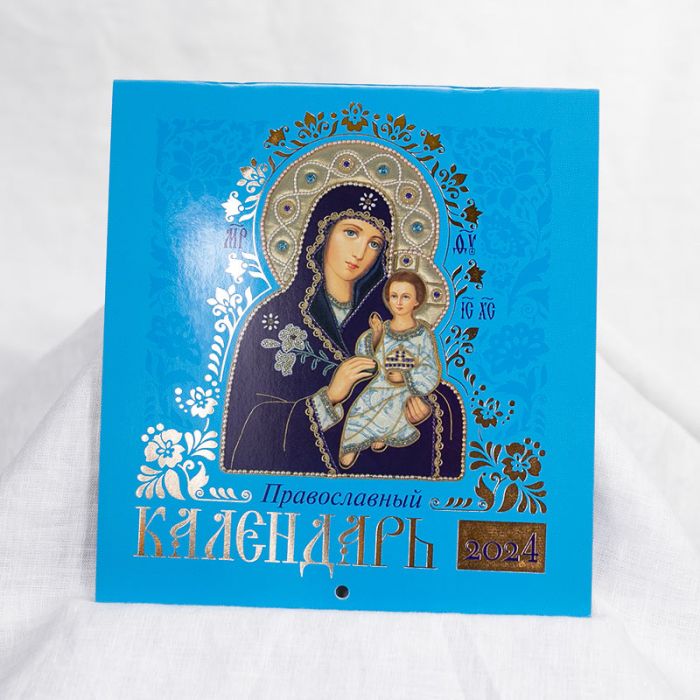
The Gregorian calendar was introduced in 1582 by Pope Gregory XIII to correct the errors of the Julian calendar. The Gregorian calendar is based on a solar year of 365.2425 days, which is closer to the actual solar year. The Gregorian calendar also includes a leap year every four years, except for years that are divisible by 100 but not by 400. This prevents the calendar from drifting out of sync with the astronomical seasons.
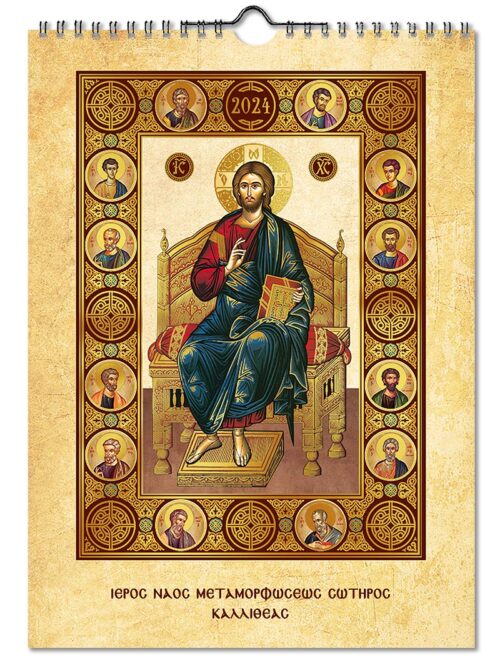
The Greek Orthodox Church continues to use the Julian calendar for religious purposes. This is because the Julian calendar is more closely aligned with the traditional liturgical practices of the Orthodox Church. For example, the Orthodox Church celebrates Christmas on December 25th according to the Julian calendar, which is January 7th on the Gregorian calendar.

The difference between the Julian and Gregorian calendars can be confusing, but it is important to remember that the Greek Orthodox Calendar 2025 begins on September 1, 2025, according to the Julian calendar.

The Greek Orthodox Calendar 2025 is an important resource for Orthodox Christians. It provides guidance for religious observances and helps the faithful to stay connected to their faith throughout the year.
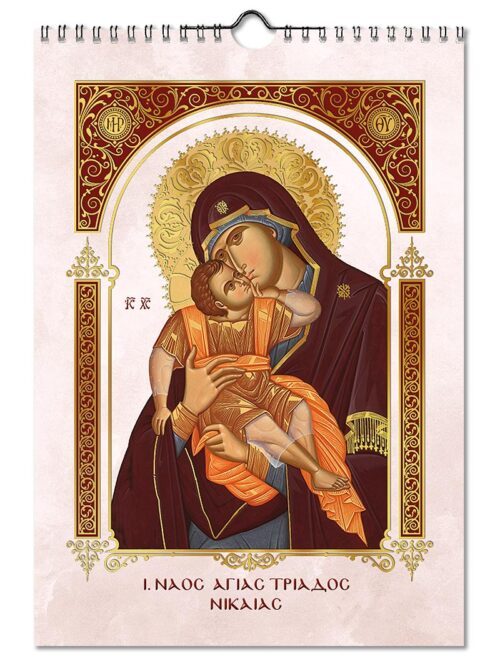
The Greek Orthodox Calendar 2025 ends on August 31, 2025, according to the Julian calendar. This is 13 days behind the Gregorian calendar, which is used in most of the world. The Julian calendar is an older calendar that was introduced by Julius Caesar in 46 BC. It is based on a solar year of 365.25 days, which is slightly longer than the actual solar year. As a result, the Julian calendar gradually drifts out of sync with the astronomical seasons.

The Gregorian calendar was introduced in 1582 by Pope Gregory XIII to correct the errors of the Julian calendar. The Gregorian calendar is based on a solar year of 365.2425 days, which is closer to the actual solar year. The Gregorian calendar also includes a leap year every four years, except for years that are divisible by 100 but not by 400. This prevents the calendar from drifting out of sync with the astronomical seasons.
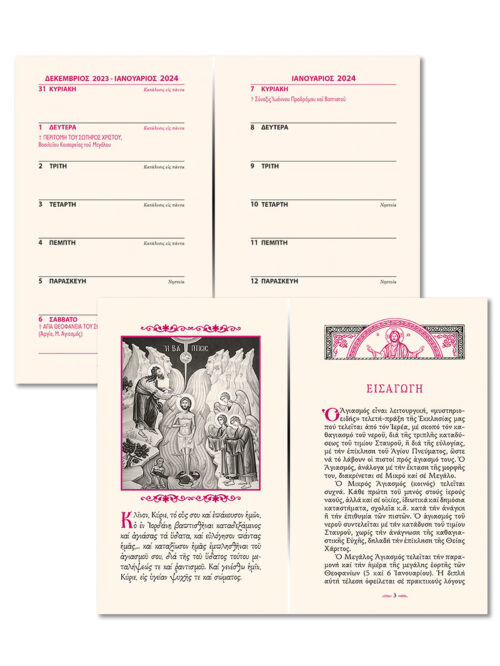
The Greek Orthodox Church continues to use the Julian calendar for religious purposes. This is because the Julian calendar is more closely aligned with the traditional liturgical practices of the Orthodox Church. For example, the Orthodox Church celebrates Christmas on December 25th according to the Julian calendar, which is January 7th on the Gregorian calendar.
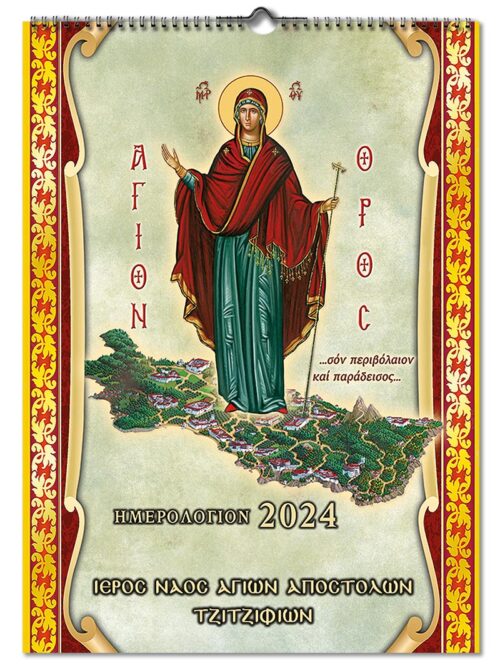
The difference between the Julian and Gregorian calendars can be confusing, but it is important to remember that the Greek Orthodox Calendar 2025 ends on August 31, 2025, according to the Julian calendar.
The Greek Orthodox Calendar 2025 is an important resource for Orthodox Christians. It provides guidance for religious observances and helps the faithful to stay connected to their faith throughout the year.
The Greek Orthodox Calendar 2025 includes all of the major Christian holidays. These holidays commemorate important events in the life of Jesus Christ and the history of the Church.
Christmas celebrates the birth of Jesus Christ. It is one of the most important holidays in the Christian calendar. The Orthodox Church celebrates Christmas on December 25th according to the Julian calendar, which is January 7th on the Gregorian calendar.
Easter celebrates the resurrection of Jesus Christ. It is the most important holiday in the Christian calendar. The Orthodox Church celebrates Easter on the first Sunday after the first full moon following the spring equinox. This means that the date of Easter changes from year to year.
Pentecost celebrates the descent of the Holy Spirit upon the apostles. It is one of the most important holidays in the Orthodox Church. The Orthodox Church celebrates Pentecost on the 50th day after Easter.
The Dormition of the Theotokos celebrates the death of the Virgin Mary. It is one of the most important holidays in the Orthodox Church. The Orthodox Church celebrates the Dormition of the Theotokos on August 15th.
These are just a few of the major Christian holidays that are included in the Greek Orthodox Calendar 2025. The calendar also includes a number of other important feasts and commemorations.
The Greek Orthodox Calendar 2025 lists the names of saints and religious figures who are commemorated throughout the year. These saints and religious figures include:
The Greek Orthodox Calendar 2025 also includes the names of other important religious figures, such as the Virgin Mary, the angels, and the prophets. These figures are all considered to be saints because they have played an important role in the history of salvation.
The Greek Orthodox Calendar 2025 is a valuable resource for Orthodox Christians. It provides a way to remember the saints and religious figures who have come before us and to learn from their example.
The Greek Orthodox Calendar 2025 is based on the Julian calendar. The Julian calendar is an older calendar that was introduced by Julius Caesar in 46 BC. It is based on a solar year of 365.25 days, which is slightly longer than the actual solar year. As a result, the Julian calendar gradually drifts out of sync with the astronomical seasons.
The Gregorian calendar was introduced in 1582 by Pope Gregory XIII to correct the errors of the Julian calendar. The Gregorian calendar is based on a solar year of 365.2425 days, which is closer to the actual solar year. The Gregorian calendar also includes a leap year every four years, except for years that are divisible by 100 but not by 400. This prevents the calendar from drifting out of sync with the astronomical seasons.
The Greek Orthodox Church continues to use the Julian calendar for religious purposes. This is because the Julian calendar is more closely aligned with the traditional liturgical practices of the Orthodox Church. For example, the Orthodox Church celebrates Christmas on December 25th according to the Julian calendar, which is January 7th on the Gregorian calendar.
The difference between the Julian and Gregorian calendars can be confusing, but it is important to remember that the Greek Orthodox Calendar 2025 is based on the Julian calendar.
The Greek Orthodox Calendar 2025 is an important resource for Orthodox Christians. It provides guidance for religious observances and helps the faithful to stay connected to their faith throughout the year.
The Greek Orthodox Calendar 2025 is 13 days behind the Gregorian calendar. This is because the Julian calendar, which the Greek Orthodox Calendar is based on, is slightly longer than the Gregorian calendar. The Julian calendar is based on a solar year of 365.25 days, while the Gregorian calendar is based on a solar year of 365.2425 days. This difference of 0.0075 days per year means that the Julian calendar gradually drifts out of sync with the astronomical seasons.
The Gregorian calendar was introduced in 1582 by Pope Gregory XIII to correct the errors of the Julian calendar. The Gregorian calendar includes a leap year every four years, except for years that are divisible by 100 but not by 400. This prevents the Gregorian calendar from drifting out of sync with the astronomical seasons.
The Greek Orthodox Church continues to use the Julian calendar for religious purposes. This is because the Julian calendar is more closely aligned with the traditional liturgical practices of the Orthodox Church. For example, the Orthodox Church celebrates Christmas on December 25th according to the Julian calendar, which is January 7th on the Gregorian calendar.
The difference between the Julian and Gregorian calendars can be confusing, but it is important to remember that the Greek Orthodox Calendar 2025 is 13 days behind the Gregorian calendar.
The Greek Orthodox Calendar 2025 is an important resource for Orthodox Christians. It provides guidance for religious observances and helps the faithful to stay connected to their faith throughout the year.
The Greek Orthodox Calendar 2025 is used by the Eastern Orthodox Church. The Eastern Orthodox Church is a Christian church that is in communion with the Eastern Orthodox Patriarchate of Constantinople. It is the second-largest Christian church in the world, with over 200 million members.
The Greek Orthodox Calendar 2025 is an important resource for Eastern Orthodox Christians. It provides guidance for religious observances and helps the faithful to stay connected to their faith throughout the year.
The Greek Orthodox Calendar 2025 includes fasting periods. Fasting is a traditional Christian practice that involves abstaining from certain foods or beverages for spiritual reasons.
The Greek Orthodox Calendar 2025 is an important resource for Orthodox Christians. It provides guidance for religious observances and helps the faithful to stay connected to their faith throughout the year.
The Greek Orthodox Calendar 2025 provides guidance for religious observances. This includes information on when to attend church services, when to fast, and when to celebrate important feasts and holidays.
The Greek Orthodox Church has a rich liturgical tradition, and the calendar provides guidance on how to participate in the liturgical life of the Church. For example, the calendar indicates when different services are held, such as Matins, Vespers, and Divine Liturgy.
The calendar also provides guidance on fasting. Fasting is a traditional Christian practice that involves abstaining from certain foods or beverages for spiritual reasons. The Greek Orthodox Church has specific fasting periods throughout the year, and the calendar indicates when these periods begin and end.
Finally, the calendar provides guidance on when to celebrate important feasts and holidays. These feasts and holidays commemorate important events in the life of Jesus Christ and the history of the Church. The calendar indicates when these feasts and holidays are celebrated, and it also provides information on how to prepare for and celebrate them.
The Greek Orthodox Calendar 2025 is an important resource for Orthodox Christians. It provides guidance for religious observances and helps the faithful to stay connected to their faith throughout the year.
The Greek Orthodox Calendar 2025 is an important resource for Orthodox Christians. It provides guidance for religious observances, helps the faithful to stay connected to their faith, fosters a sense of community, and is a valuable resource for Orthodox Christian education.
Question 1: When does the Greek Orthodox Calendar 2025 begin?
Answer: The Greek Orthodox Calendar 2025 begins on September 1, 2025.
Question 2: When does the Greek Orthodox Calendar 2025 end?
Answer: The Greek Orthodox Calendar 2025 ends on August 31, 2025.
Question 3: What is the difference between the Julian and Gregorian calendars?
Answer: The Julian calendar is an older calendar that is based on a solar year of 365.25 days. The Gregorian calendar is a newer calendar that is based on a solar year of 365.2425 days. The Gregorian calendar also includes a leap year every four years, except for years that are divisible by 100 but not by 400.
Question 4: Why does the Greek Orthodox Church use the Julian calendar?
Answer: The Greek Orthodox Church uses the Julian calendar because it is more closely aligned with the traditional liturgical practices of the Church.
Question 5: What are some of the major holidays in the Greek Orthodox Calendar 2025?
Answer: Some of the major holidays in the Greek Orthodox Calendar 2025 include Christmas, Easter, Pentecost, and the Dormition of the Theotokos.
Question 6: How can I use the Greek Orthodox Calendar 2025?
Answer: The Greek Orthodox Calendar 2025 can be used to find out when religious observances will be held, when to fast, and when to celebrate important feasts and holidays.
Question 7: Where can I find more information about the Greek Orthodox Calendar 2025?
Answer: More information about the Greek Orthodox Calendar 2025 can be found on the website of the Greek Orthodox Archdiocese of America.
In addition to the FAQ section, here are some additional tips for using the Greek Orthodox Calendar 2025:
Tip 1: Keep the calendar in a convenient location. This will help you to refer to it regularly and to stay up-to-date on upcoming religious observances.
Tip 2: Use the calendar to plan your schedule. The calendar can help you to plan your schedule so that you can attend important religious observances and avoid scheduling conflicts.
Tip 3: Use the calendar to learn about the faith. The calendar can be a valuable resource for learning about the faith and its traditions. For example, you can use the calendar to learn about the lives of the saints and the history of the Church.
Tip 4: Share the calendar with others. The calendar can be a great way to share the Orthodox faith with others. You can give copies of the calendar to friends and family members, or you can post it on social media.
By following these tips, you can make the most of the Greek Orthodox Calendar 2025 and use it to enhance your spiritual life.
The Greek Orthodox Calendar 2025 is a valuable resource for Orthodox Christians. It provides guidance for religious observances, helps the faithful to stay connected to their faith, fosters a sense of community, and is a valuable resource for Orthodox Christian education.
The Greek Orthodox Calendar 2025 is a valuable resource for Orthodox Christians. It provides guidance for religious observances, helps the faithful to stay connected to their faith, fosters a sense of community, and is a valuable resource for Orthodox Christian education.
In conclusion, the Greek Orthodox Calendar 2025 is a valuable resource for Orthodox Christians. It is a guide to the liturgical year and a source of spiritual inspiration.
Православный церковный календарь на 2025 год с праздниками и